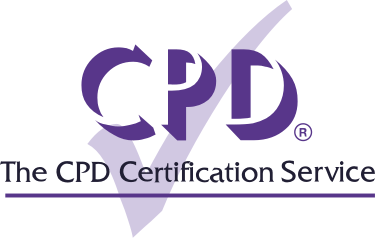The right tools to do the job can mean many different things from proper safety equipment to training to the necessary software. It’s vitally important for employees to have the necessary tools and understanding of how to use them for any business to function properly and abide by the law.
This CPD article will break down the main reasons that the correct tools are so important in any workplace. So if you’re a business owner or in senior management that needs persuading (or you’re an employee that wants to persuade) on the importance of investing in the right tools, read on!
Safety
This may be obvious, but it makes it no less important. Providing your staff with the necessary tools and the knowledge of how to use them safely is essential to them working in a safe environment and reducing the risk of injury at work. It’s incredibly important for all organisations to understand the regulations and safety standards they must uphold in the workplace. In the UK, arguably the most important regulation to get to grips with is called PUWER. PUWER stands for ‘Provision and Use of Work Equipment Regulations 1998’.
There were also amendments made to the PPE Act in April of this year. The main change to these PPE regulations is that employers are required to make sure that casual workers or ‘limb workers’ receive the same level of protection as full-time employees. This predominantly affects businesses that rely on limb workers, such as those within the gig economy.
Why is PUWER compliance so important?
Workplace injuries are still as prevalent as they’ve ever been. According to the HSE figures for 2020/21, 1.7 million working people suffered from a work-related illness. Of that 1.7m, 441,000 working people sustained an injury at work. From heavy machinery to providing the correct workspace equipment in an office, PUWER applies to all types of workplaces. Anywhere that equipment and machinery are used at work, the regulations of PUWER must be adhered to.
What must employers do to comply with PUWER legislation?
In order to ensure compliance with PUWER regulations, any employer who owns, operates, or has control over work equipment must control any risks by:
- Making sure work equipment is suitable for use, is appropriately used for the purpose intended and used in the conditions in which it is intended to be used.
- Properly installing work equipment, including any necessary safeguards.
- Implementing safe working practices and processes for using and maintaining machinery and work equipment.
- Ensuring work equipment is regularly inspected by a suitably competent person.
- Keeping work equipment in good working condition.
- Ensuring that the employees using, supervising and managing equipment are properly trained on the use and safety of the equipment.
- Properly considering working conditions and safety risks when choosing work equipment.
- Keeping detailed records of safety measures and training.
Explore PUWER training and other health and safety courses
Identifying duty-holders for PUWER compliance is an important step in keeping health and safety standards high. Generally, senior team members, supervisors or anyone responsible for work equipment should understand the PUWER requirements. The best way to do this is to offer PUWER training to all duty-holders in the business.
Explore the CPD accredited PUWER courses hosted by CPD on behalf on our members to ensure that your workplace is providing the right tools in a safe way to your staff. All the courses shown on our website have been reviewed and recognised as meeting the required industry standards and benchmarks.














